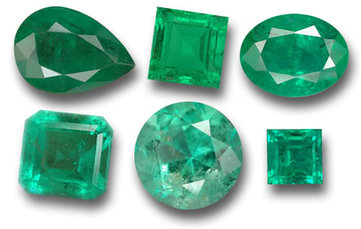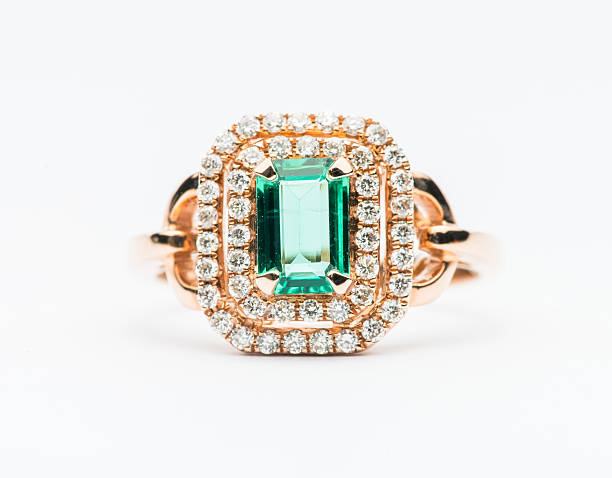COLOR STONE
|
Sapphire
The name Sapphire is derived from the Latin word “Saphirus” and the Greek word “Sapheiros” both meaning blue. Sapphires have been prized as great gemstones since 800BC. Rulers of ancient Persia believed the sky was painted blue by the reflection of sapphire stones. The sapphire is a corundum, an aluminum oxide with a trigonal crystal structure, in the same family as the ruby. The only difference between a ruby and a sapphire is simply the color. A red corundum is a ruby. Other colored corundums are called sapphires, which come in many colors, the most well-known being blue. Because sapphires are available in so many colors, they are the most important and versatile of all the gemstones. |
|
Ruby
The name ruby comes from the Latin word "Ruber", which means red. “A drop of the heart’s blood of Mother Earth” is how the ruby is described in the Orient. Some ancient cultures believed that rubies, as well as other gemstones, grew on trees, just like fruit. The rubies would begin budding as small white gems, and would slowly grow and ripen, turning red in the light of the sun. When the ruby was saturated with red color, it was ready to be plucked Emerald
The name emerald was first translated from Sanskrit as “Marakata” meaning “the green of growing things”. The name we know it as now is believed to come from an ancient Persian word, translated to Latin as “smaragdus” and eventually over time, corrupted to “Emerald”. Records show that the stone was known and sold in markets in Babylon as early as 4000 BC. Rings |
Sapphires also come in violet, dark gray, orange, yellow, pink, green and black, referred to as “fancy sapphires” and are often less expensive than the blue ones, yet equally as beautiful and a fine alternative to blue.A rare colored kind of sapphire is called “Padparadscha”, which means “Lotus color”. It is the only color sapphire given it’s own name besides the ruby.This stone is orange and pink simultaneously and can be very expensive.
Ruby offers breathtaking color, ranging from brownish red to light red similar to ripe raspberries, excellent hardness second only to a diamond, and irresistible brilliance. The color of ruby is accompanied by a marked fluorescence, which is stimulated by natural and artificial light making rubies turn brighter red under such light. Rubies and sapphires are said to be prized just under the level of diamonds because of their hardness. Diamonds are listed as a ten in terms of hardness, sapphires as a nine.
Emerald is the bluish green to green variety of beryl family of minerals. Emerald comes in a range of green shades, from light to dark tints of other colors ranging from yellow to blue. Emerald by nature contain inclusions that are visible to the unaided eye, referred to as “Jardin” from the French word meaning garden. This refers to the moss or branch like appearance of the flaws. The trade generally accepts eye-visible inclusions but when the inclusions have negative effect on transparency and clarity, or compromise the durability of the stone, they can lessen value. Eye-clean emeralds are extremely valuable because they are so rare.
|
























